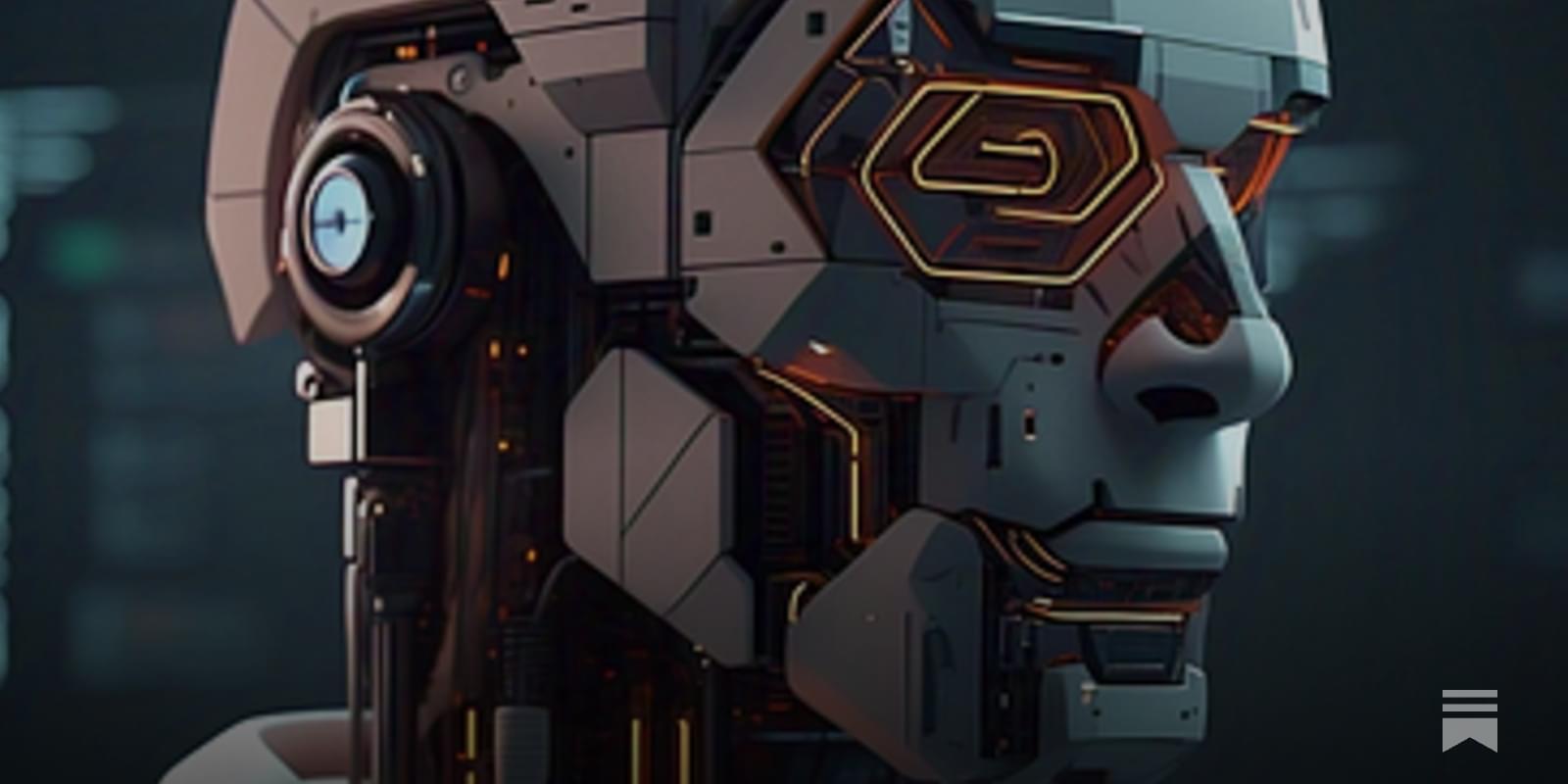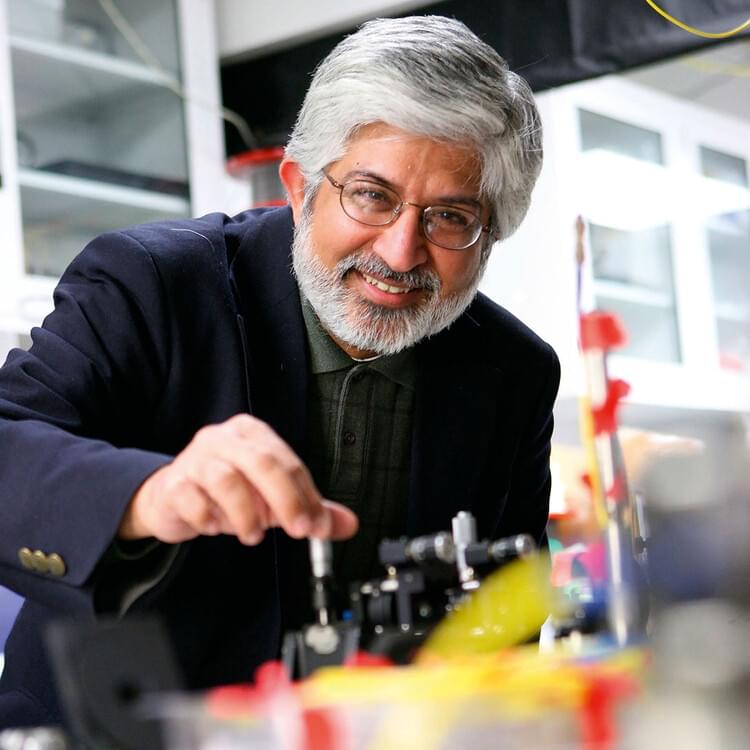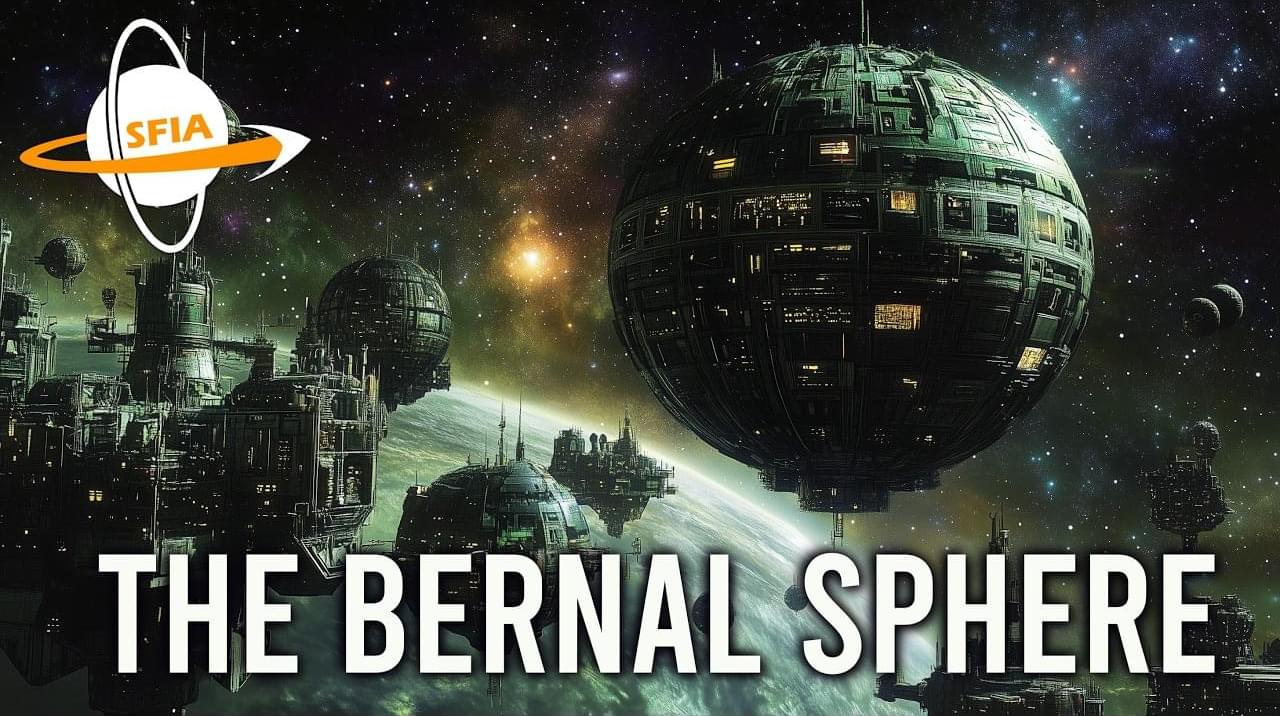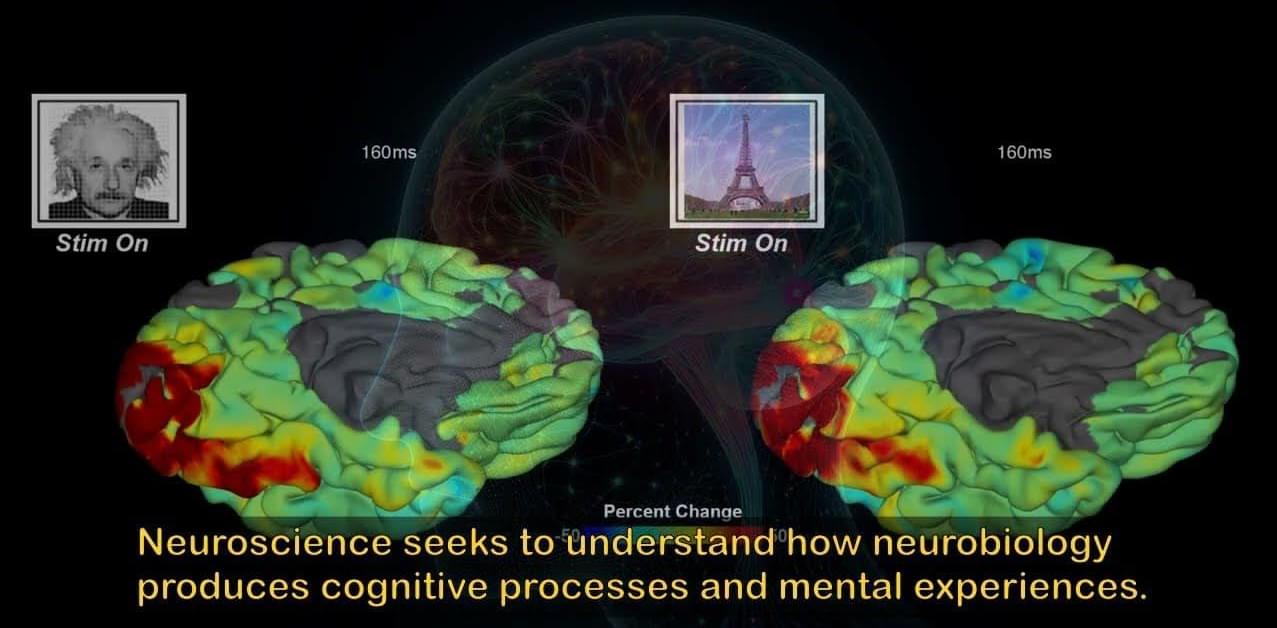Quantum computing represents a paradigm shift in computation with the potential to revolutionize scientific discovery and technological innovation. This seminar will examine the roadmap for constructing quantum supercomputers, emphasizing the integration of quantum processors with traditional high-performance computing (HPC) systems. The seminar will be led by prominent experts Prof. John Martinis (Qolab), Dr. Masoud Mohseni (HPE), and Dr. Yonatan Cohen (Quantum Machines), who will discuss the critical hurdles and opportunities in scaling quantum computing, drawing upon their latest research publication, “How to Build a Quantum Supercomputer: Scaling Challenges and Opportunities”
Rice University researchers have revealed novel sequence-structure-property relationships for customizing engineered living materials (ELMs), enabling more precise control over their structure and how they respond to deformation forces like stretching or compression.
The study, published in a special issue of ACS Synthetic Biology, focuses on altering protein matrices, which are the networks of proteins that provide structure to ELMs. By introducing small genetic changes, the team discovered they could make a substantial difference in how these materials behaved. These findings could open doors for advancements in tissue engineering, drug delivery and even 3D printing of living devices.
“We are engineering cells to create customizable materials with unique properties,” said Caroline Ajo-Franklin, professor of biosciences and the study’s corresponding author. “While synthetic biology has given us tools to tweak these properties, the connection between genetic sequence, material structure and behavior has been largely unexplored until now.”
This engineered genome will help experts tailor organisms to fit the needs of their ever-changing environments.
What began as a demonstration of the complexity of fluid systems evolved into an art piece in the American Physical Society’s Gallery of Fluid Motion and ultimately became a puzzle that researchers have now solved.
Their new study is published in the journal Physical Review Letters
<em> Physical Review Letters (PRL)</em> is a prestigious peer-reviewed scientific journal published by the American Physical Society. Launched in 1958, it is renowned for its swift publication of short reports on significant fundamental research in all fields of physics. PRL serves as a venue for researchers to quickly share groundbreaking and innovative findings that can potentially shift or enhance understanding in areas such as particle physics, quantum mechanics, relativity, and condensed matter physics. The journal is highly regarded in the scientific community for its rigorous peer review process and its focus on high-impact papers that often provide foundational insights within the field of physics.
In today’s AI news, Google launched its much-anticipated new flagship AI model, Gemini 2.0 Pro Experimental, on Wednesday. The announcement was part of a series of other AI model releases. The company is also making its reasoning model, Gemini 2.0 Flash Thinking, available in the Gemini app.
In other advancements, LinkedIn is testing a new job-hunting tool that uses a custom large language model to comb through huge quantities of data to help people find prospective roles. The company believes that artificial intelligence will help users unearth new roles they might have missed in the typical search process.
S Deep Research feature, which can autonomously browse the web and create research reports. ‘ + s up from hitting $50 million ARR, or the yearly value of last month s case for why they are the best positioned to take over TikTok And, in this episode, a16z Partner Marc Andrusko chats with Mastercard’s Chief AI and Data Officer Greg Ulrich about Mastercard’s long history of using AI, the opportunities (and potential risks) associated with integrating generative AI into fraud detection, determining what tech to employ based on use cases, and the best advice he’s ever gotten.
Then, power your AI transformation with an insightful keynote from Scott Guthrie, Executive Vice President, Cloud + AI Group at Microsoft, and other industry experts. Watch this keynote presentation from NYC stop on Microsoft’s AI Tour.
We close out with this insightful discussion with Malcolm Gladwell and Ric Lewis, SVP of Infrastructure at IBM. Learn how hardware capabilities enable the matrix math behind large language models and how AI is transforming industries—from banking to your local coffee shop.
I’m now helping market Moving On IT, a trusted provider of IT, AI, and Cybersecurity — hardware, and software solutions.
They recently became an @Ingram Micro Partner and have moved into a new expanded headquarters.
Through the partnership with Ingram they have all the top manufacturers: Cisco Extreme Networks Juniper Networks Hewlett Packard Enterprise, NVIDIA and many more.
Contact Moving On IT with all your IT, AI and Cybersecurity requirements. They will respond with a complimentary consultation and concise quotation.
Discover the incredible engineering and visionary potential of Bernal Spheres, futuristic space habitats designed to sustain human life in the stars.
Watch my exclusive video Big Alien Theory https://nebula.tv/videos/isaacarthur–…
Get Nebula using my link for 40% off an annual subscription: https://go.nebula.tv/isaacarthur.
Get a Lifetime Membership to Nebula for only $300: https://go.nebula.tv/lifetime?ref=isa…
Use the link gift.nebula.tv/isaacarthur to give a year of Nebula to a friend for just $30.
Visit our Website: http://www.isaacarthur.net.
Join Nebula: https://go.nebula.tv/isaacarthur.
Support us on Patreon: / isaacarthur.
Support us on Subscribestar: https://www.subscribestar.com/isaac-a…
Facebook Group: / 1583992725237264
Reddit: / isaacarthur.
Twitter: / isaac_a_arthur on Twitter and RT our future content.
SFIA Discord Server: / discord.
Credits:
Viewers like you help make PBS (Thank you 😃). Support your local PBS Member Station here: https://to.pbs.org/DonateSPACE
Using geometry we can not only understand, but visualize how causality dictates the order of events in our universe. Start your Audible trial today at http://www.audible.com/spacetime.
You can further support us on Patreon at / pbsspacetime.
Get your own Space Time tshirt at http://bit.ly/1QlzoBi.
Tweet at us! @pbsspacetime.
Facebook: facebook.com/pbsspacetime.
Email us! pbsspacetime [at] gmail [dot] com.
Comment on Reddit: / pbsspacetime.
Help translate our videos! In this episode we dive deeper into the relationship between space and time and explore how we can geometrically map the causality of the universe and increase our understanding of how time and distance relate to one another. Important Reference Episodes: The Speed of Light is not about Light (1:16) • The Speed of Light is NOT About Light Can You Trust Your Eyes in Space Time? (1:16)
• Can You Trust Your Eyes in Spacetime? Previous Episode: Why Quasars are so Awesome
• Why Quasars are so Awesome | Space Time Written and hosted by Matt O’Dowd Produced by Rusty Ward Graphics by Grayson Blackmon Made by Kornhaber Brown (www.kornhaberbrown.com) Comments Answered by Matt: Michael Lloyd
• The Phantom Singularity | Space Time Jose Hernandez
• The Phantom Singularity | Space Time Joan Eunice
• Why Quasars are so Awesome | Space Time Mike Cammiso
• Why Quasars are so Awesome | Space Time Bikram Sao
• Why Quasars are so Awesome | Space Time Cinestar Productions
• Why Quasars are so Awesome | Space Time Special thanks to our Patreon Big Bang, Quasar and Hypernova Supporters: Big Bang Henry Van Styn David Nicklas Quasar Jelle Slaets Tambe Barsbay Joel Brinton Luna IT Solutions Hypernova Joe Chuck Zegar Craig Peterson Jordan Young Ratfeast John Hofmann Thanks to our Patreon Gamma Ray Burst Supporters: Bernardo Higuera Erik Stein Daniel Lyons Avan & Kyan Griggs Bernardo Higuera Jade Bilkey Kevin Warne JJ Bagnell J Rejc Michael Fischer Dylan Merida Amy Jie Anthony Caridi Avi Goldfinger Corey Smeaton John Pettit Shannan Catalano Florian Stinglmayr Yubo Du Benoit Pagé-Guitard Ronny Polonia Nathan Leniz Jessica Fraley Kirk Mathews Loro Lukic Carl P. Corliss Brandon labonte David Crane Greg Weiss Eric Jackson Will and Sonja Marple.
This is a draft version of the Brain Emulation Challenge video.
This version is intended for an audience with some neuroscience background or interest.
This video is provided with the hope to generate useful critical feedback for improvements.
Why take the brain emulation challenge? Why take a challenge that is providing virtual brain data from generated neural tissue?









